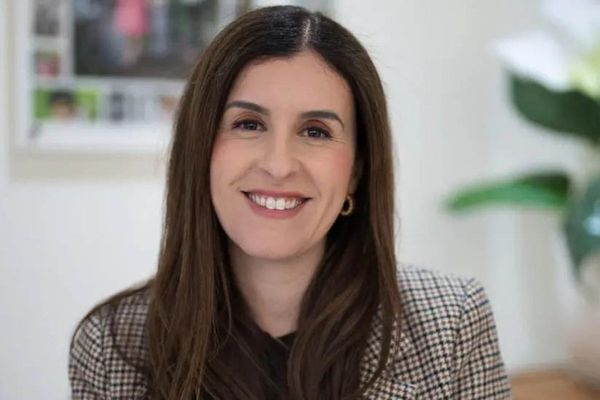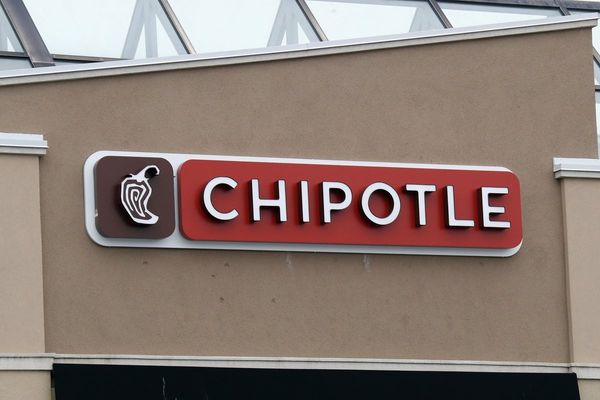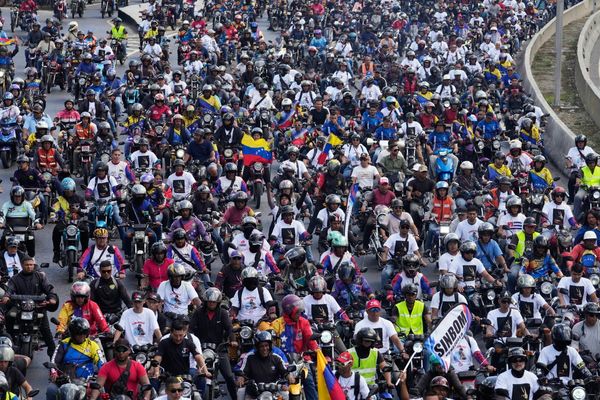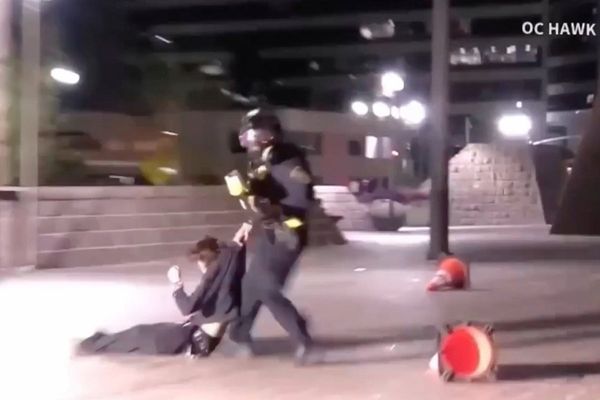
Vigils were held across Buffalo, New York, for the victims of the Tops Friendly shooting on Sunday, as Black residents on the city’s East Side mourned and attempted to come to terms with the brief, brutal event that had been visited on the neighborhood hours earlier.
The square where the shooting took place, surrounded by vacant lots that residents said were the result of decades of segregation and systemic racism, is the community’s center, with Tops Friendly functioning as the only grocery store for the immediate area.

In striking Tops Friendly, the shooter – an 18-year-old self-confessed white supremacist – was not just hitting at a supermarket, but also a place where locals gathered as a community.
“No weapons formed against me shall prosper,” said Karen Davis-Butler, a nurse and mother of three, who had tears streaming down her face. “It means that’s formed against us God is going to make sure it doesn’t hurt us. But we weren’t covered yesterday and the guy wasn’t covered. And I feel bad for him too.”
Despite the horrors wrought on the neighborhood by the 18-year-old white shooter, Davis-Butler said others were to blame too for filling him with hate.
“He’s only 18. Damn nearly grown. Where did he learn all of this stuff from? Who pushed this into his head? Where was his parents when he was looking at this stuff on the internet? This is like a gang thing with them, but it’s white supremacy and racism, and it’s taught. You’re not born hating Black people.”
Davis-Butler said she was in Family Dollar next to the supermarket when the shooting began. “We saw everybody running, and they told us to stay in the store. It was crazy.
“This is where Juneteenth started, where our community used to thrive. We have a food desert here, and that’s racism, too. If you go on the other side of the city you see grocery store after grocery store. The racism here is all day every day.”

To Maurice Burse, another resident, the journey that the shooter allegedly made from his home in Conklin, near Binghamton 200 miles south, meant that he passed other upstate New York cities, like Rochester and Syracuse.
“It was by design, he knew what he was doing and that’s so sad. We’ve got sick people here, and some people would like nothing more than to have a race war and they’ll do anything to try to cause it. People really need to wake up,” Burse said.
The neighborhood, Burse said, had begun to come back from the blight of previous decades. “But to get up in the morning and see all of this … hmmm, it’s bad,” he said waving to the encampments of police and media trucks that had suddenly sprouted in the strong May sun. “It’s bad enough what goes on in the area already.”
Twins Shameka and Tasheka Walker were standing on the corner of Riley and Jefferson, surveying the scene.
“He was telling them on live stream what he was going to do. But they probably took it as joke,” said Tasheka. But a joke it was not – the shooter had reportedly posted missives about the great replacement theory, the ideological underpinning of many racist mass shootings, including in Norway and New Zealand.
“They’re probably saying we’re having too many Black children but the community here is made up of all different races. The community here is like family, and Tops is always helpful, so how he had the audacity to come here and do this,” said Shameka. “What made you drive all this way and hit this. Why?”

An analysis from the University of Michigan, based on data from the 2010 census, found that the Buffalo-Niagara Falls metro area is the sixth most Black-White segregated in the nation. A University of Buffalo report in 2021 found that living conditions for Black residents in Buffalo had improved little and in some cases had declined over the preceding 30 years.
Local activist and chef Brandon Moses-Bonner, 26, said the problem is “everybody who is not addressing racism white supremacy” – an issue he believed had shaped his generation.
“These young guys get radicalized by the internet, by Q-Anon, by white supremacists, who seek out them because they feel like victims. Nobody wants to address the problem because they’re afraid of hurting their feelings because they think saying racism is bad is indoctrination. But it’s not – it’s basic human decency.”
Speaking to Face the Nation on Sunday morning, Buffalo’s mayor, Byron Brown, said the community had been experiencing fresh development and vowed that the awful event would not stop that happening.
“People have been hoping and waiting for investment and growth and opportunity. We are beginning to see that in this community, in all parts of the city, and we won’t let that progress stop. We won’t let hateful ideology stop the progress that we are seeing and experiencing in the city of Buffalo.”







